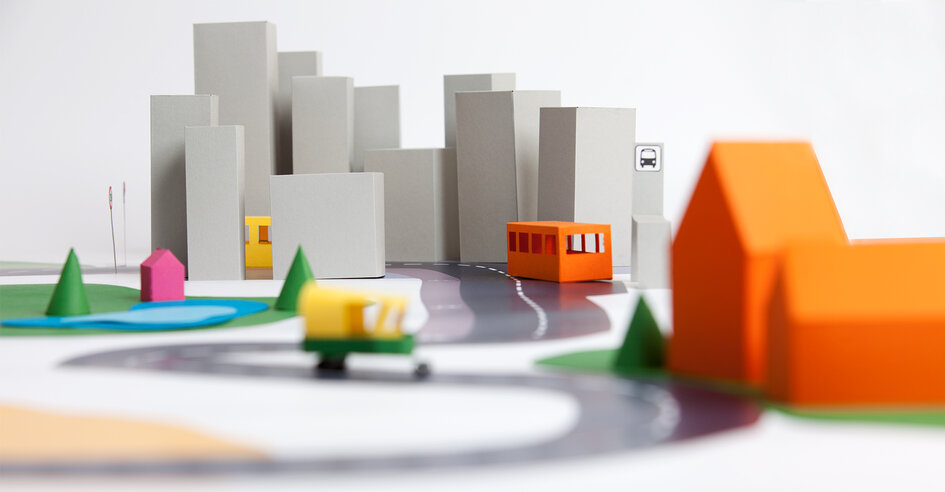
What does another year of action look like at YOURS? Annual Report 2017
It has been a decade since the UN World Youth Assembly for Road Safety, which marked the first UN Global Road Safety Week in May 2007. Back then, road traffic crashes were proclaimed to be the number one health concern to young people globally, with over 1000 young lives lost on our road daily.
Ten years later, the reality remains and in some places, road traffic crashes have increased. The youth of the world continue to pay the highest price for mobility and it is clear that there are gaps in the road safety system. That is why we are ramping up new efforts to include youth.
Foreword to the Annual Report 2017
We will push harder for young people to be structurally part of the system; to work with young people in the earliest phases of policy making all the way through to the planning, implementation and evaluation. We are pleased to announce that we will be producing a set of papers to this aim to guide decision makers globally.

Reflecting on 2017, major milestones have been achieved. We successfully facilitated the design and delivery of the Fourth UN Global Road Safety Week in May under the leadership of the World Health Organization and in partnership with the United Nations Road Safety Collaboration. The theme of #SlowDown culminated in one of the most successful UN Road Safety Week so far.

In South Africa, we worked with our Founding Member Michelin and the Global Road Safety Partnership to deliver the first South African Youth Ambassadors Training. We trained 20 passionate youth leaders who will disseminate strategic road safety messages in their communities.

In August, we continued our partnership with the Global Alliance of NGOs for Road Safety to deliver the second Alliance Advocates training at the FedEx Global Headquarters in Memphis, USA. 15 NGO leaders from across the world underwent our intensive but interactive advocacy training and have already embarked on enacting change in their home countries.
In 2018 we will continue our work in South Africa and have already delivered a regional Alliance Advocates programme in Africa. In 2018, you can expect to see new thinking in terms of youth participation in road safety through our papers as well as our continued work to empower youth in road safety.
Finally I want to thank all of our sponsors, youth champions, supporters and friends around the world for another fruitful year of collaboration.
Floor Lieshout
Executive Director




 Surreal Poster Series
Surreal Poster Series Infographic on Youth
Infographic on Youth


 Closing the session, Bright Oywaya gave her personal testimony as a survivor of a road traffic crash in Kenya. She said: “In much of the world road traffic is out of control. It represents part of development that should improve our lives but instead people are being injured and killed.
Closing the session, Bright Oywaya gave her personal testimony as a survivor of a road traffic crash in Kenya. She said: “In much of the world road traffic is out of control. It represents part of development that should improve our lives but instead people are being injured and killed. About the Festival
About the Festival






